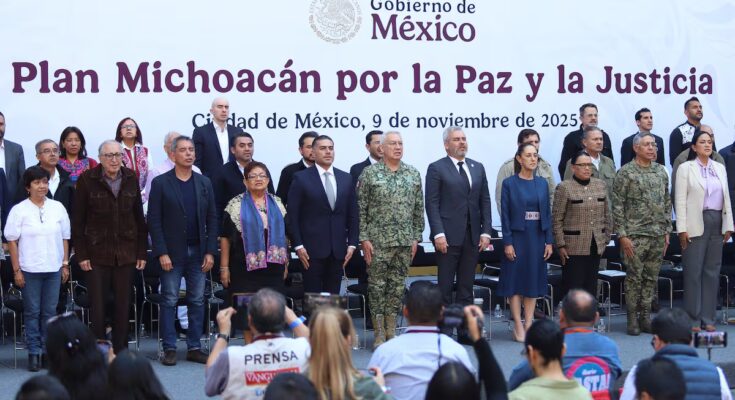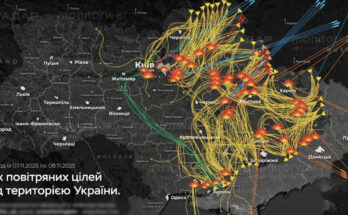Peace, as president Claudia Sheinbaum says, is not imposed with weapons, but is built in the community; and in Mexico many communities have been living the consequences of the extreme violence left by armed conflicts with various cartels for twenty years.
Achieving peace means significantly reducing violence; while managing the social impacts that armed conflicts have left on communities. The Plan announced by the Federal Government envisages various actions in the fields of security, justice, employment, education, etc., but lacks public policy proposals aimed at repairing the damage, preventing the repetition of violence and social reconciliation.
Here are ten suggestions in this regard:
1. Develop an urgent program of attention and care for children and young people who have been exposed to armed conflicts in order to break cycles of violence and so that they can have access to a full and peaceful life, aimed in particular at boys, girls and adolescents:
—Who are part of criminal groups as victims of forced recruitment.
—Who were orphaned because their parents were part of the security forces, were members of criminal groups or were victims of the conflict.
—Who have their father or mother in prison.
2. Address the emotional health of direct and indirect victims of armed conflicts. This must prioritize the mental health impacts of people who have suffered torture, enforced disappearances, forced recruitment, orphans, forced displacement and sexual violence.
3. Prevent and address forced displacement as a result of violence and the presence of armed organizations.
4. Address the effects of environmental degradation of crops and illegal logging.
5. Stop revenge through restorative processes between victims and perpetrators and strengthen collective reparation, particularly in territories or communities that have been or are exposed to large-scale violence.
6. Generate a Criminal Demobilization and Disarmament Plan that arises from the analysis of the context of the different groups, structures, motivations and objectives, in order to dismantle them and prevent their continuity.
7. Prioritize the incarceration of high-impact offenders and the mass demobilization of low-impact offenders. The priority of criminal action must be addressed to crimes relating to personal freedom and integrity and/or life in all its modalities.
8. Design and implement a National Demobilization and Integration System that, in a transversal, differentiated and local way, promotes the economic and social integration of farmers, producers, sellers and distributors of drug dealing who are not linked to high-impact crimes. In particular, the farmers from whom the drug plant is extorted, or the young people who are used by organized crime as messengers, also called “antennas or hawks”.
9. Design and implement a national reintegration system that addresses the economic and social integration of people leaving prison to avoid recidivism and break cycles of violence in their families and communities.
10. Promote a culture of peace based on the management of emotions and conflicts. In this sense we need to overcome the idea that book fairs or art workshops alone generate peace. Culture for peace concerns the use of artistic expressions as tools to implement sustained community processes, with specialized pedagogies and methodologies that have as their objectives the modification of violent behavior and social reconciliation.
Peacebuilding requires much more than isolated actions or “addressing the causes” across the board. The cessation of violence necessarily involves the care, healing and reconciliation of entire communities. This implies differentiated, specialized and sustained public policies, training, budgets and, of course, political will. Neither Michoacán nor the rest of the country can wait any longer.



